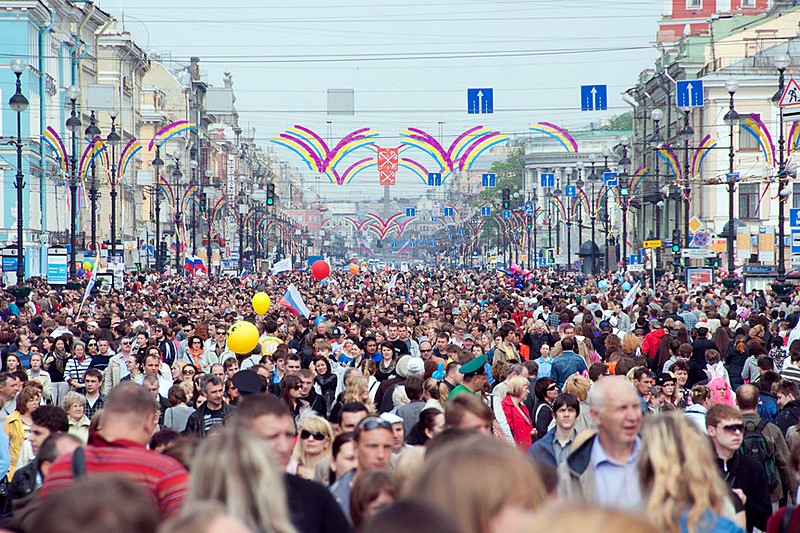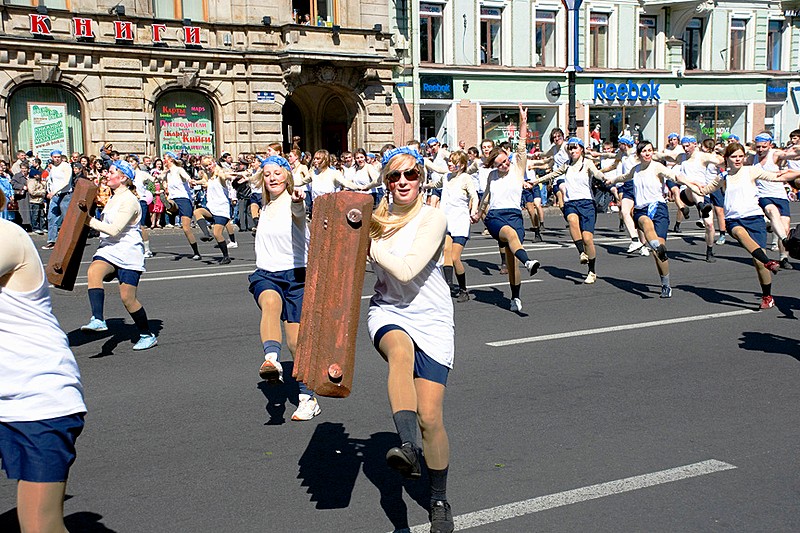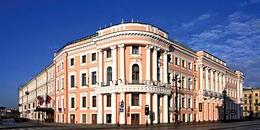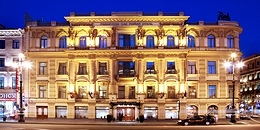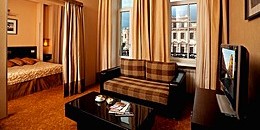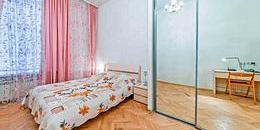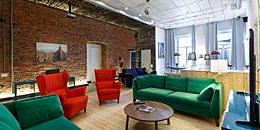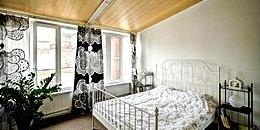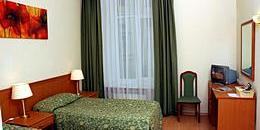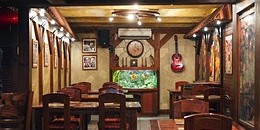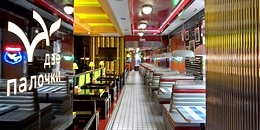Nevsky Prospekt
Nevsky Prospekt is the heart and soul of St. Petersburg. Running right through the centre of the city, it links two of the city's most important landmarks, the Admiralty and the Alexander Nevsky Monastery. Among the scores of notable buildings lining the street are Gostiny Dvor, Kazan Cathedral, Moscow Railway Station and many more.
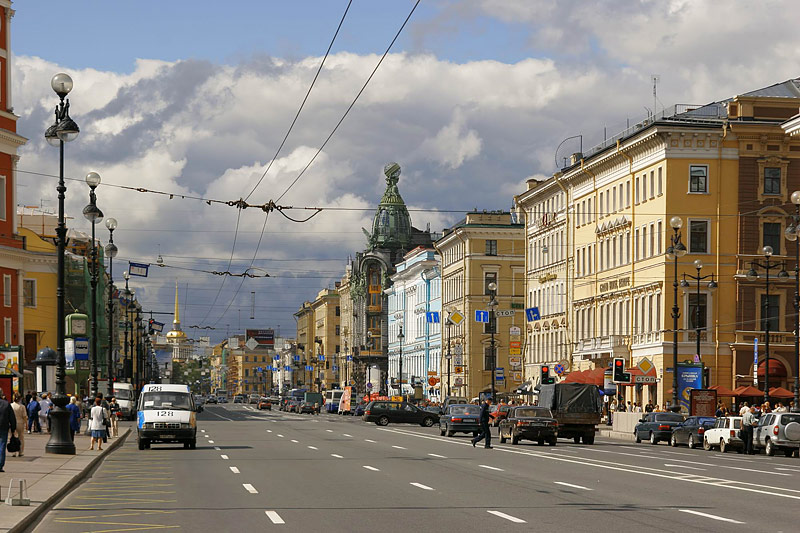
From the very beginning of its existence, this avenue became a home to many foreigners, including Germans, French, and Armenians, and they marked their presence by building churches of the different Christian confessions which can still be admired today - the Catholic Church of St. Catherine, the Lutheran Church of St. Peter, and the Armenian Apostolic Church of St. Catherine. Visiting St. Petersburg in the 19th century, French writer Alexandre Dumas pere described Nevsky Prospekt as "la rue du tolerance" - "the street of tolerance".
In fact, Peter the Great planned for the city centre to be on Vasilyevsky Island, and therefore Nevsky Prospekt was not originally thought of as a central street and was developed slowly. It was only in the 1720s that the road was paved with stone and planted with four rows of birch trees. What is more, each homeowner was held responsible for paving the street in front of his house. At first, there was a toll to use the road.
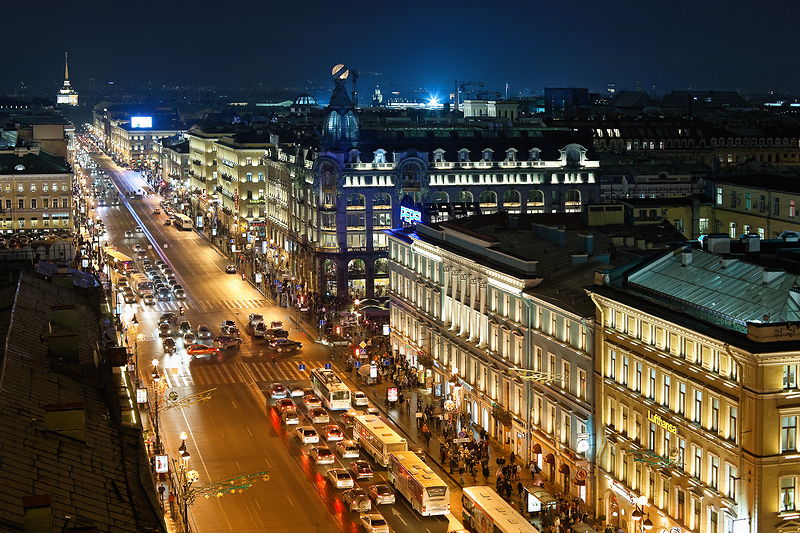
As roads were at the time built from two ends, Nevsky Prospekt has a kink roughly half way along - the builders simply made a mistake. In the 1730s there were attempts to straighten the thoroughfare along what are now Goncharnaya Ulitsa and Telezhnaya Ulitsa, which is why the eastern section of the street is still unofficially know by one and all as "Old Nevsky" - "Staro-nevsky". Although Nevsky did not actually get its current name until 1781 - before that it was just known as "Big Avenue".
In the middle of the 18th century, many luxurious Baroque palaces sprang up on Nevsky Prospekt - the Anchikov Palace, the Stroganov Palace, and the wooden Winter Palace of Empress Elizabeth. The latter covered the whole area between the Moyka River and Malaya Morskaya Ulitsa, and was demolished in 1767. Between 1761 and 1785 the new stone building of Bolshoy Gostiny Dvor was constucted to plans by architect John-Baptiste Vallin de la Mothe. Construction of the Catholic Church of St. Catherine ran from 1763 to 1783.
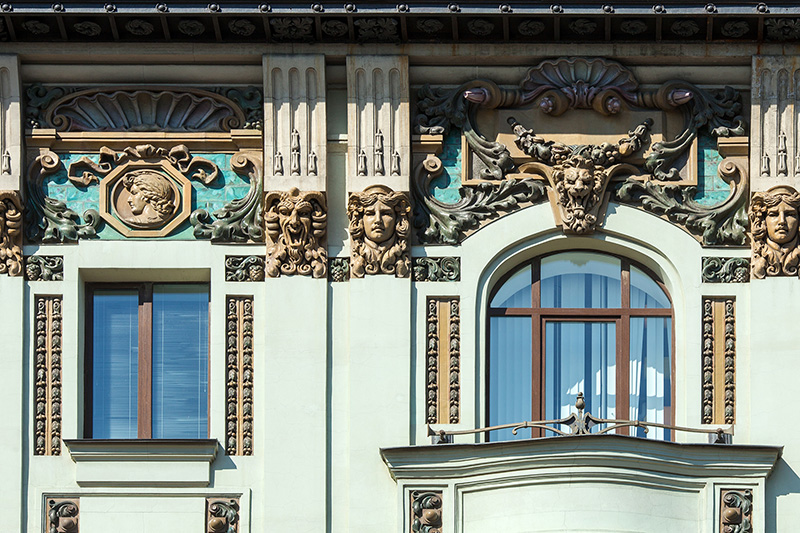
In the 19th century, Nevsky Prospekt, already officially recognized as the capital's central street, continued to be built up and improved. First, a boulevard was laid out in the centre of the avenue. The magnificent Kazan Cathedral was built to designs by Andrey Voronikhin, and in 1847 Andrey Stackenschneider's Beloselsky-Belozersky Palace appeared.
In the same year, omnibuses began to travel along Nevsky. These were replaced with street cars at the end of the 19th century, and in 1907 the first electric trams were launched. At the beginning of the 20th century, Nevsky's architectural palette was enriched with several art nouveau masterpieces, among them the Singer Building (now Dom Knigi) and the Mertens Building (originally home to F. L. Mertens's fur store).
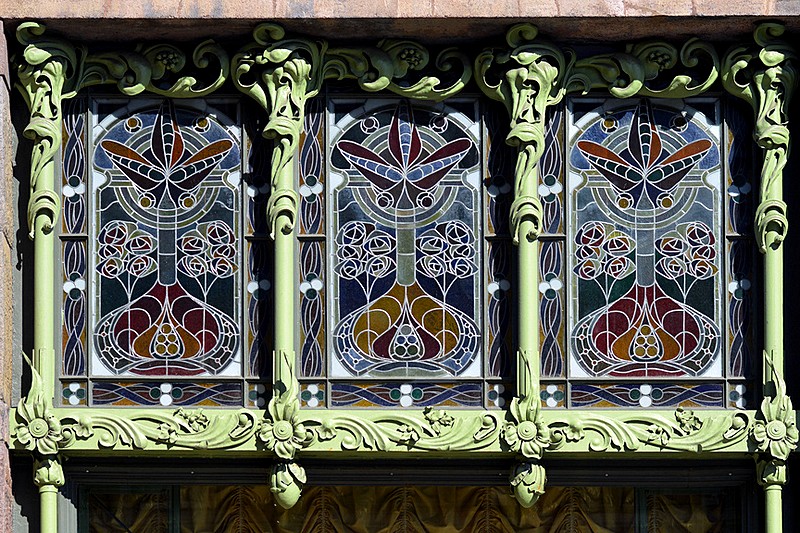
In 1918, the new Bolshevik government changed the name of the street to "Avenue of 25 October", but the new name never caught the imagination of the locals, who continued to call it Nevsky. Traces of the horrors of the Second World War can be seen in a sign surviving on the front of No. 14: "Citizens! During bombardment this side of the street is more dangerous". Between 1950 and 1952, there was a general restoration of Nevsky Prospekt, at which time the tramlines were removed. May 1985 saw the official unveiling of the memorial obelisk on Ploshchad Vosstaniya, commemorating Leningrad's status as a "hero city".
Today, Nevsky Prospekt mirrors the face of the modern city. Petersburgers love to walk down Nevsky day and night, to sit in one its scores of cafes, to meet friends and to go shopping. Nevsky Prospekt is also widely used for public events. It is the site of official parades and political demonstrations, performances by marching bands, and bikers riding in formation. Three times a year - at New Year, 9 May (Victory Day), and 27 May (the anniversary of the founding of St. Petersburg), the section of Nevsky from the Fontanka River to Palace Square is closed to traffic and becomes the centre of colorful celebrations.
| Metro stations: | Admiralteyskaya, Nevsky Prospekt / Gostiny Dvor, Mayakovskaya / Ploshchad Vosstaniya, Ploshchad Aleksandra Nevskogo |
|---|---|
| Best walking route: | From Ploshchad Vosstaniya Metro Station to the Admiralty (2.9km) |
| What's here? | Admiralty, Anchikov Bridge, Azov-Don Commercial Bank, Aleksandrinsky Theatre, Alexander Nevsky Monastery, Anchikov Palace, Armenian Apostolic Church of St. Catherins, Beloselsky-Belozersky Palace, Bolshoy Gostiny Dvor, Wawelberg House (Trade bank), Dutch Church, City Duma, Dom Knigi, Eliseevsky Store, Kazan Cathedral, Lutheran Church of St. Peter, Moscow Rail Station, Passazh Shopping Arcade, Ploshchad Aleksandra Nevskogo, Ploshchad Vosstaniya, Russian National Library, Silver Rows, Siberian Trade Bank, Stroganov Palace, N. P. Akimova Comedy Theatre, Mertens Trade House, Chicherin House, Hero City Obelisk |
| What's nearby? | Griboedov Canal, Fontanka River, Moyka Rifer, Palace Square (Dvortsovaya Ploshchad), Bolshaya Morskaya Ulitsa, Bolshaya Konyushennaya Ulitsa, Malaya Konyushennaya Ulitsa, Sadovaya UIitsa, Malaya Sadovaya Ulitsa, Vladimirsky Prospekt, Liteyny Prospekt, Ligovsky Prospekt |

